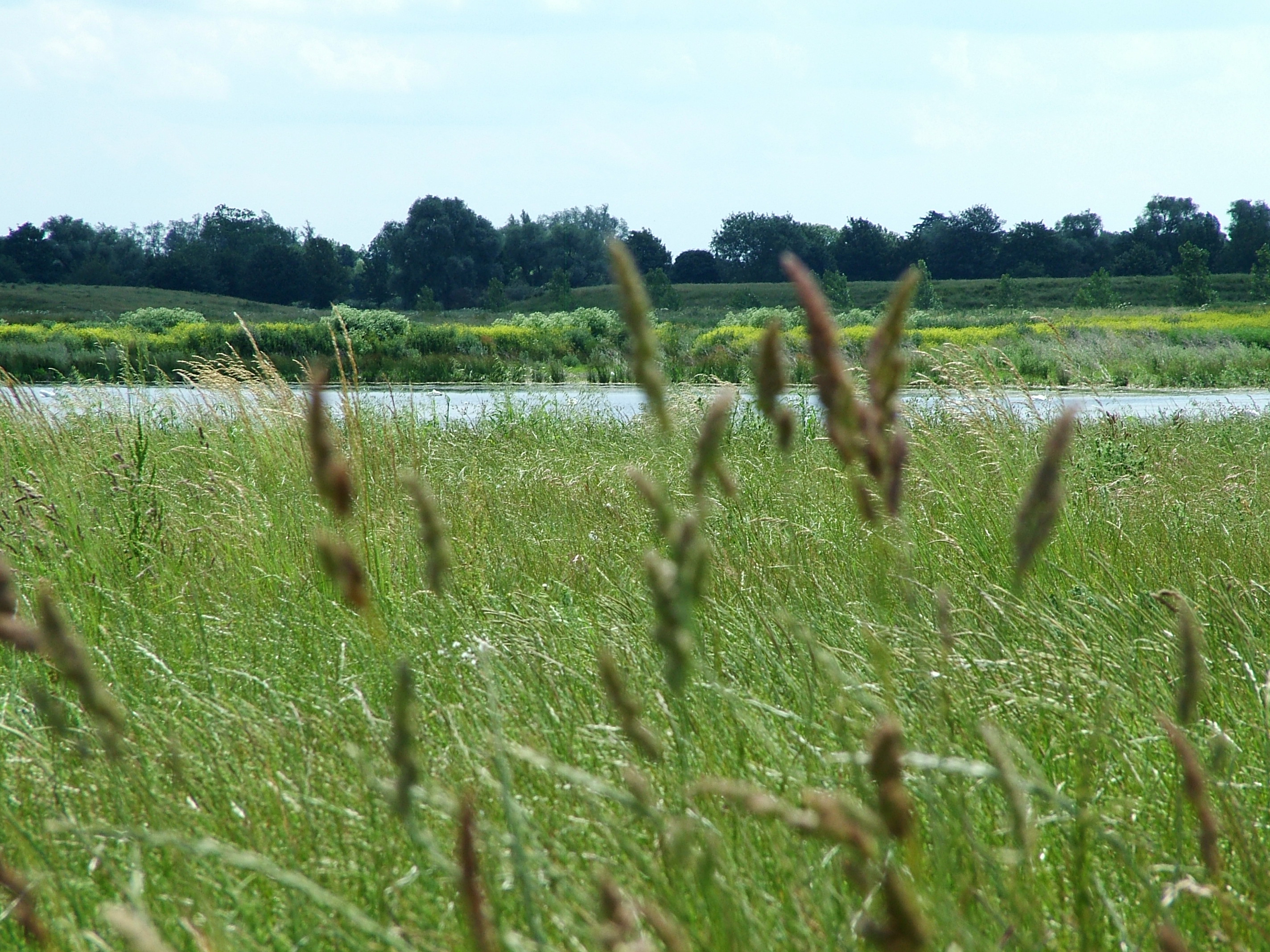
Quarry restoration is not a new concept but improving techniques are helping to deliver better results for ecology. ABE takes a look at Hanson's restoration of Needingworth Quarry
Restoration of many quarries is now planned in great detail before even permission to start extraction is granted and is carried out progressively during the life of the quarry. This level of forethought and phasing is enabling quarry operators to deliver much higher standards of restoration both for the site itself and the region, as well.
The on-going wetland creation at Heidelberg Cement subsidiary
Needingworth Quarry is one of the largest sand and gravel extraction sites in the UK, covering an area of approximately 975ha adjacent to the Great Ouse river. Extraction began in 1995 and will span more than 30 years, during which time 28million tonnes of sand and gravel will be removed. The restoration will create Britain's biggest reedbed (460ha), along with open meres, wet scrub and grassland, within a 700ha nature reserve.
Cambridgeshire County Council had initially approved a scheme to return the land to a mixture of agriculture, leisure and conservation. However, as part of the planning consent and through lobbying by various conservation bodies including English Nature (now
The creation of new wetlands has been identified as a national priority in the UK Biodiversity Action Plan, endorsed by government. They are needed to secure the future of threatened species and to provide new habitat to off-set projected future loses of internationally important coastal wetlands through coastal erosion.
Since 1600, some 97% of the original wetlands in the UK's Fens have been lost and species have been confined to smaller and smaller sites. Some, such as bittern and the swallowtail and large copper butterflies, have disappeared altogether as fenland breeding species.
Creating new habitat suitable for important species is a technical challenge. Habitats such as reedbeds and seasonally flooded grassland are relatively easy to create and can quite rapidly support key wetland species, such as wildfowl. The creation of peat-based fen is a far greater challenge as this requires conditions where new peat can form over many centuries. This means that restoring fens from low level mineral workings provides the only real opportunity for long-term wetland creation.
One of the conservation bodies keen to restore the Needingworth site to wetland was the RSPB, which worked with Hanson's in-house experts to design the nature reserve. In July 2007 the first two phases of restored quarry workings, totalling 44ha, were handed over to the RSPB. A further phase was handed over in 2008 and over the coming years Hanson will progressively donate further small parcels of land as sand and gravel extraction is completed. The RSPB will manage and develop this land for nature conservation.
Access to the nature reserve is being progressively opened to local people through the development of the public rights of way network, with footpaths, bridleways and cycleways. In time, the Ouse Fen nature reserve will become a major resource for informal recreation for local people and visitors alike, as a large greenspace in the fast growing Cambridge Growth Area. By providing an educational resource for people of all ages, the reserve will help to foster wider interest in biodiversity and conservation.RSS








